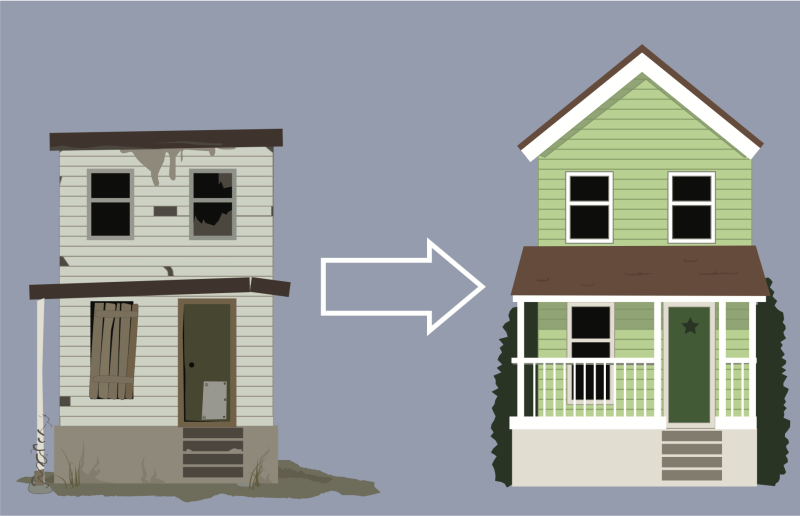
Price Complexity On Transactions Leads Consumers To Pay More

CFPB study finds junk fees impede fair and competitive pricing for mortgages.
As part of the junk fee initiative, the Consumer Financial Protection Bureau (CFPB) recently conducted a study that suggests consumers pay more when prices are separated into multiple fees.
The findings come from the report “Price Complexity in Laboratory Markets,” based on experiments with multiple rounds of buyers and sellers interacting in simple markets. In some cases, the objects for sale had a single all-inclusive price, while in others the prices were split into 8 or 16 sub-prices. It found that participants tended to pay more when prices were broken into sub-parts, creating a more complex pricing structure that’s harder to understand. The average selling prices rose, buyers had more difficulty comparing prices across sellers, and the overall amount paid rose.
The study’s findings have implications for understanding how junk fees impede fair and competitive pricing in markets like auto loans or mortgages, the CFPB press release states, where consumers have to evaluate extended warranties, add-ons, closing costs, and a wide variety of other fees instead of an all-inclusive price.
Mortgages, specifically, can be extremely complex with a wide range of interest rates, fees, and terms that vary based on factors such as loan type, credit score, or down payment. Adjustable-rate mortgages (ARMs), for example, can have pricing structures that include initial fixed-rate periods, adjustment intervals, caps on interest rate changes, and margin rates. Consumers often pay a large number of separate closing costs to obtain a mortgage.
After analyzing the outcomes of pricing scenarios in various experiments, the CFPB found that more complex pricing generally led to more detrimental outcomes for consumers, including:
- Higher total prices: Sellers' total asking prices were 60% higher in markets with 16 sub-prices than in those with one price.
- Comparing prices was more difficult: Buyers were 15 times more likely to select a higher-priced option in markets with 16 sub-prices than in those with one price.
- Consumers paid more overall: Transaction prices were 70 percent higher in markets with 16 sub-prices than in those with one price, on average.
“We find that price complexity is detrimental to consumers,” the CFPB report read. “On average, additional complexity (as measured by the maximum possible amount or by the realized amount) led sellers to set higher prices, increased the likelihood that consumers made mistakes, and increased transaction prices.”




